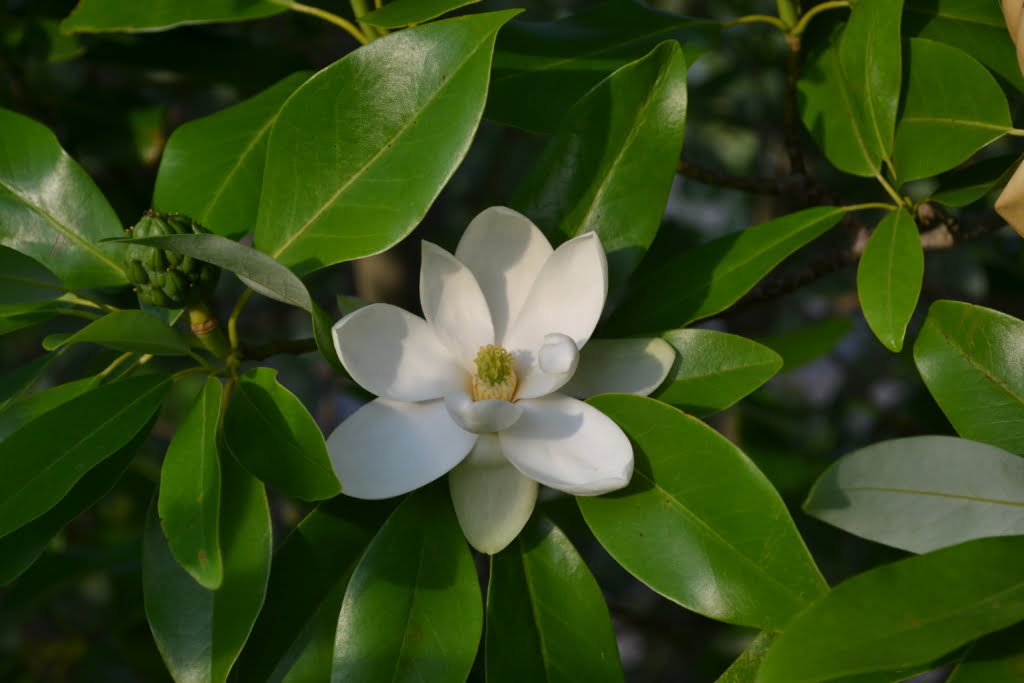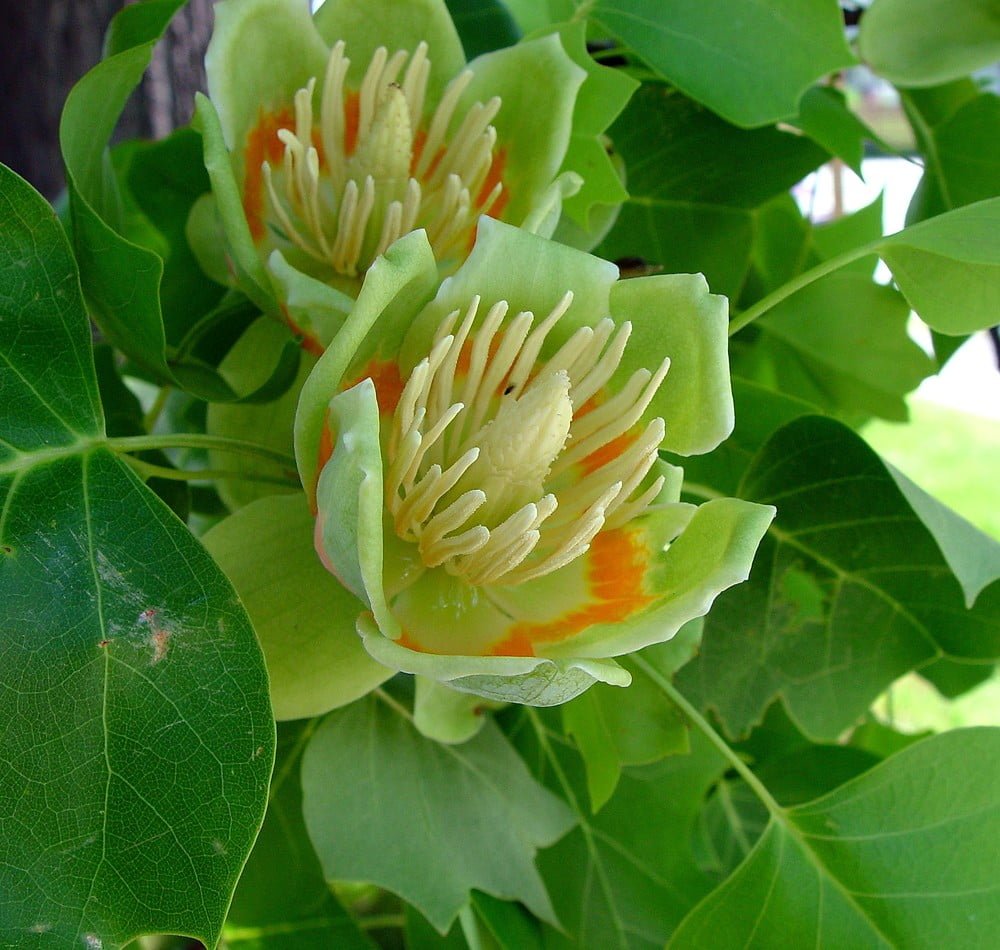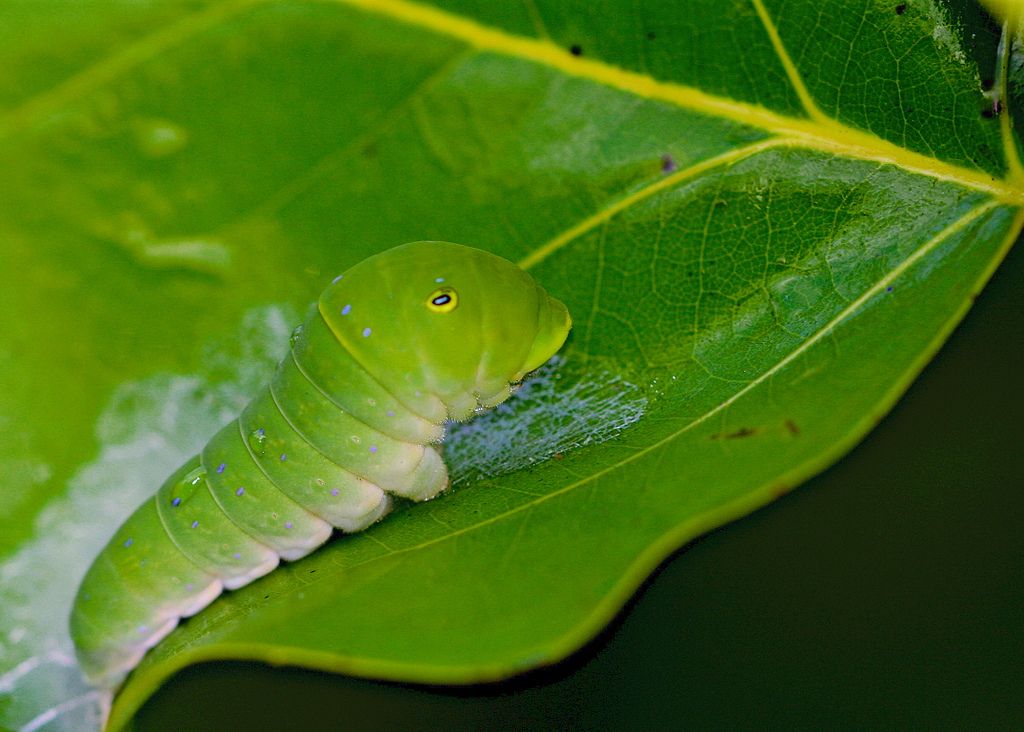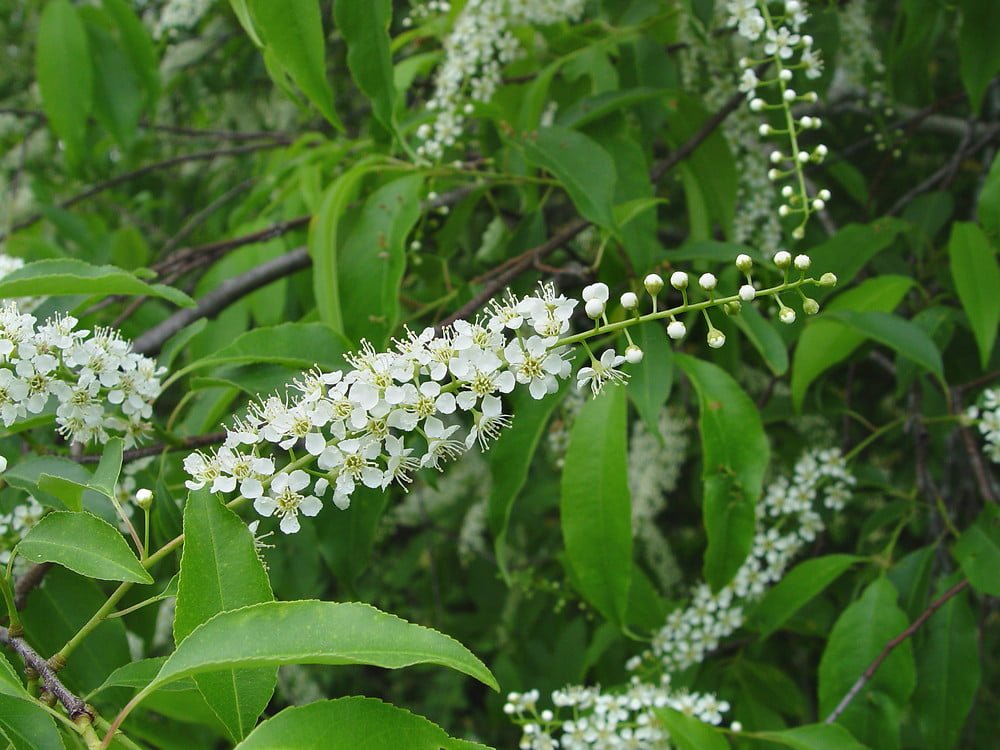The Eastern Tiger Swallowtail butterfly (Papilio glaucus) has several larval host plants, meaning plants on which its caterpillars feed and develop. The primary larval host plant for the Eastern Tiger Swallowtail is the various species of the Magnolia tree (Magnolia spp.). In particular, the Sweetbay Magnolia (Magnolia virginiana) and the Tulip Tree (Liriodendron tulipifera) are commonly utilized by Eastern Tiger Swallowtail caterpillars.


The female Eastern Tiger Swallowtail butterfly typically lays its eggs on the leaves of these host plants. Once the eggs hatch, the caterpillars feed on the leaves, molting and growing through several stages before pupating and eventually emerging as adult butterflies.

It’s important to note that Eastern Tiger Swallowtails can also utilize other larval host plants when Magnolia species are not available or in certain geographic regions. Some alternative host plants for Eastern Tiger Swallowtail caterpillars include the Wild Black Cherry (Prunus serotina), Ash trees (Fraxinus spp.), and Spicebush (Lindera benzoin).

By providing suitable larval host plants in gardens and natural habitats, you can help support the life cycle of Eastern Tiger Swallowtail butterflies and encourage their populations.
